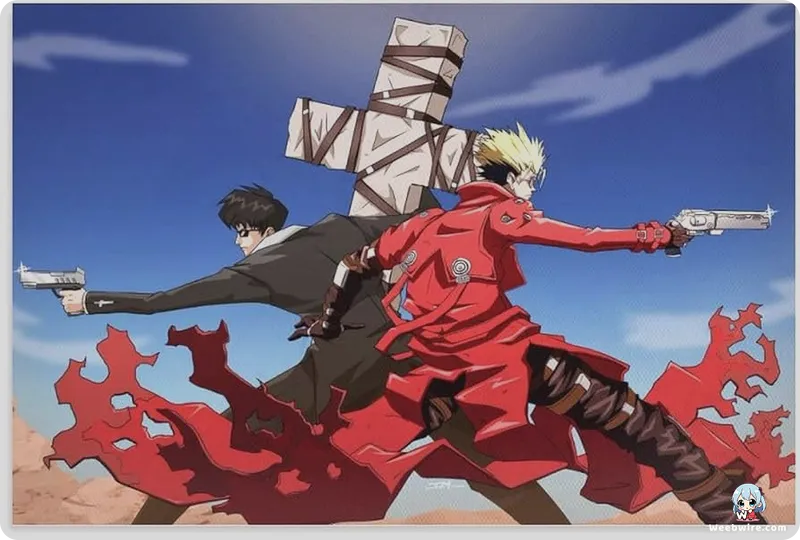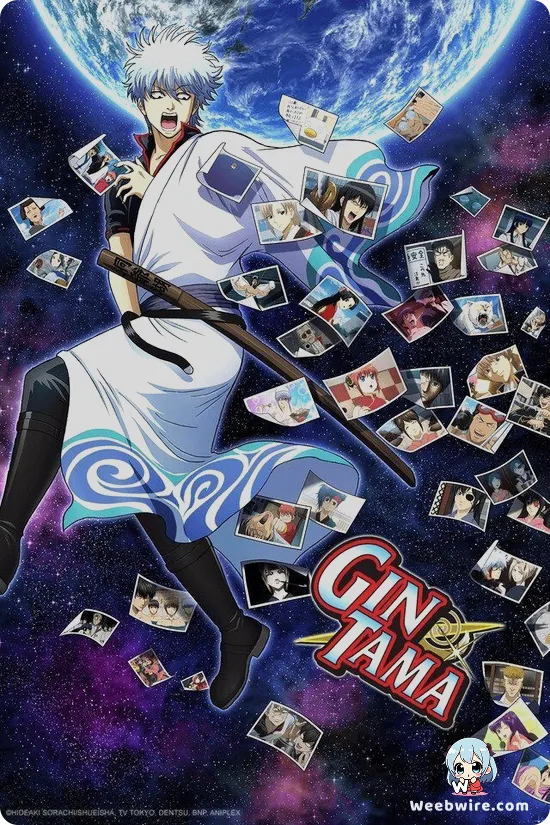The Hidden Lore of Gunsmoke: Unpacking the Untold Secrets Behind the Classic Trigun Anime

Decades following its explosive 1998 debut, the anime adaptation of Yasuhiro Nightow’s seminal manga, Trigun, continues to define the Space Western genre. While the legend of Vash the Stampede—the Humanoid Typhoon perpetually pursued for a staggering 60 billion double dollar bounty—is widely known, the series holds a wealth of fascinating, lesser-explored details concerning its production, deeper lore, and complex character motivations. These hidden facts provide crucial insight into why this MADHOUSE masterpiece maintains such a devoted global following.
The Anime's Original Conclusion and Manga Differences
One of the most critical elements distinguishing the 1998 anime lies in its production timeline relative to its source material. Unlike contemporary adaptations, Trigun was brought to the screen while Nightow’s manga was still actively being serialized, specifically during the transition phase into the later, darker run known as Trigun Maximum. This timing necessitated that the legendary studio MADHOUSE craft an entirely original conclusion for the 26-episode series.

Consequently, the anime delivers a definitive, albeit swift, final confrontation with Knives Millions, offering a narrative resolution starkly different from the prolonged, philosophically dense battles found in the finished manga. While the anime stands as a powerful, self-contained epic, viewers transitioning to the manga will discover a vastly more expansive and darker universe, particularly regarding the complex history of the Plants and the ultimate destiny of the twin brothers.
Vash's Pacifism and the Significance of the Donut
Vash's enduring appeal stems from his profound internal conflict—the jarring contrast between his inherently goofy, slapstick exterior and his unwavering, deep-seated commitment to pacifism. This duality is masterfully woven into the series' fabric, even manifesting in his most trivial obsession: the humble donut. Far from being a mere comedic interlude, Vash’s love for simple, sugary treats acts as a vital psychological anchor. In a world ravaged by existential threats and relentless violence, this fixation on simple pleasures reinforces the childlike innocence he desperately seeks to protect, underscoring the immense emotional weight carried by this near-immortal being.
The Fragile World of Gunsmoke and the 60 Billion Bounty
Furthermore, the series' setting, the planet Gunsmoke, is not a natural world but a struggling terraformed colony. Its survival hinges entirely upon the enigmatic 'Plants'—colossal, captive energy beings that power everything from heat and water supply to electricity. This fragile dependency elevates the stakes beyond typical Western tropes, providing the core philosophical conflict for Vash and Knives, whose very existence is inextricably linked to the fate of these energy sources.
Finally, the absurd 60 billion double dollar bounty is less a monetary prize and more an abstract measure of the catastrophic chaos that inevitably trails Vash, regardless of his benevolent intent. This number, deliberately chosen by Nightow, instantly established Vash not just as an outlaw, but as an uncontrollable force of nature, ensuring he could never truly find peace.
Credits
Trigun
Author
Yasuhiro Nightow
Cover Art
Yasuhiro Nightow
Studio
MADHOUSE
Publisher
Tokuma Shoten
Producers





